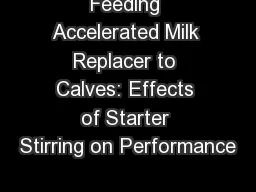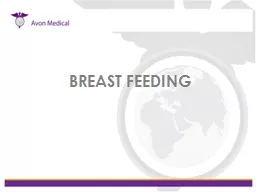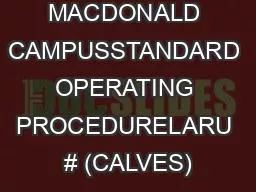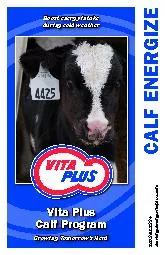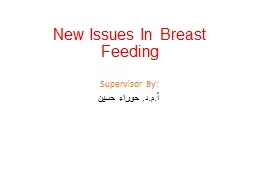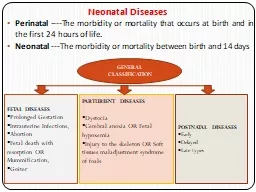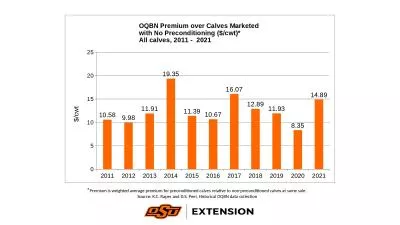PPT-Feeding Accelerated Milk Replacer to Calves: Effects of Starter Stirring on Performance
Author : min-jolicoeur | Published Date : 2018-10-29
Nicole Guindon and Dr Pete Erickson Introduction 70 of US dairy producers use milk replacer Conventional milk replacers contain 2022 CP and 1520 fat DM basis and
Presentation Embed Code
Download Presentation
Download Presentation The PPT/PDF document "Feeding Accelerated Milk Replacer to Cal..." is the property of its rightful owner. Permission is granted to download and print the materials on this website for personal, non-commercial use only, and to display it on your personal computer provided you do not modify the materials and that you retain all copyright notices contained in the materials. By downloading content from our website, you accept the terms of this agreement.
Feeding Accelerated Milk Replacer to Calves: Effects of Starter Stirring on Performance: Transcript
Download Rules Of Document
"Feeding Accelerated Milk Replacer to Calves: Effects of Starter Stirring on Performance"The content belongs to its owner. You may download and print it for personal use, without modification, and keep all copyright notices. By downloading, you agree to these terms.
Related Documents

